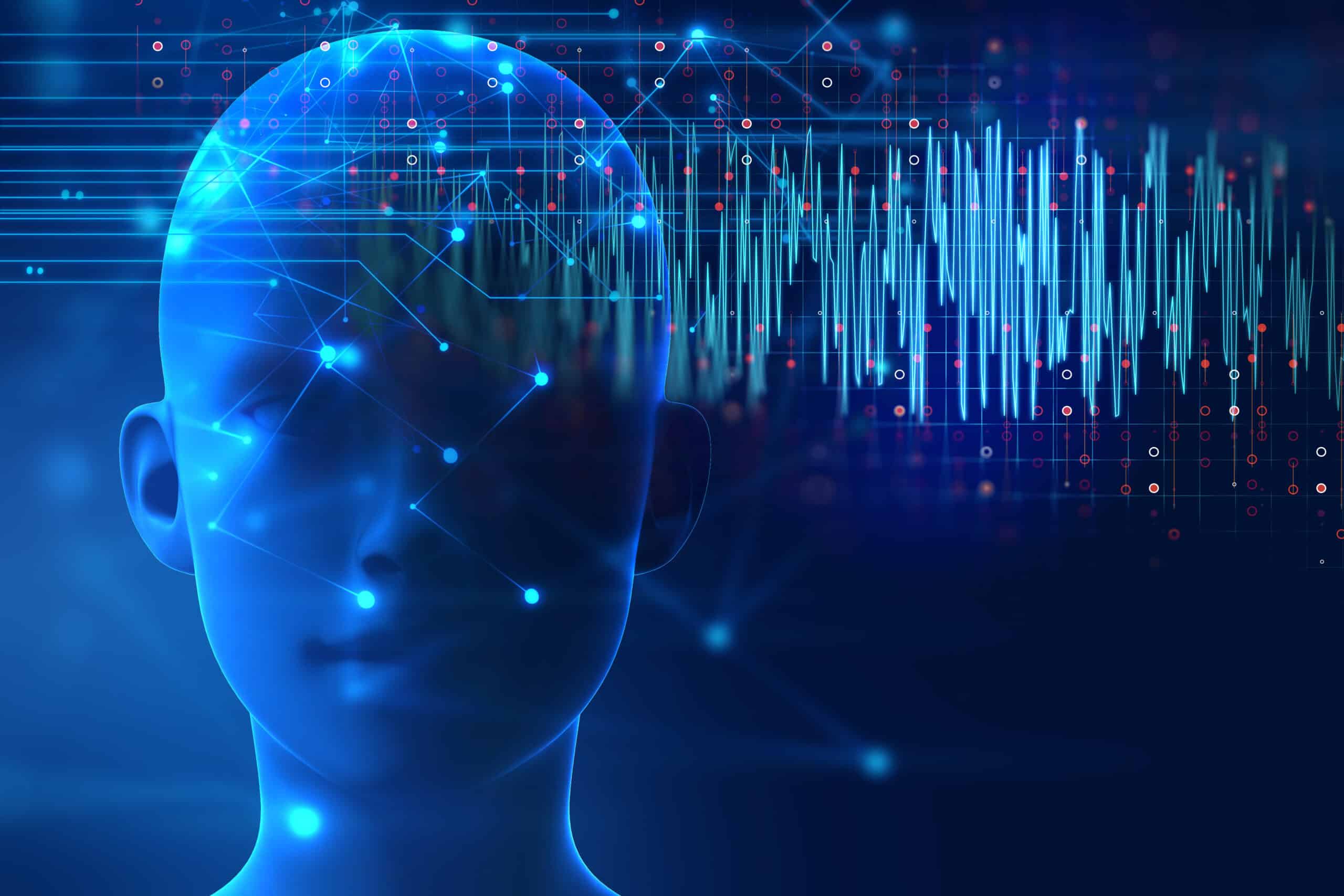W.H.O estimates that 1 in 6 people have some sort of brain disorder, which represents over one billion people who could benefit from some form of neural technology, and this figure is likely to grow with the aging population. It should be no surprise that as with AgeTech companies are also investing in research and development of technology that can promote brain longevity.
New innovations are being rolled out by startups that have never been thought of before; this is exciting technology that may be able to augment and enhance humans in terms of cognitive health, performance, and memory as well as help us to understand and record consciousness and thought processes.
Neurotech may be able to take it one step further by merging biological intelligence with artificial intelligence via a neural network, and in the future maybe even bring science fiction to real life by uploading the former into the latter on a permanent basis which could possibly create a permanent artificial singularity matrix.
This technology could go many ways and has great possibilities, many of which are still a great deal in the future before being ready. Present day there are a variety of companies which are pushing the envelope and getting friendly with the some 100 billion neurons in the brain, each of which connecting to 10,000 of its neighbours, a task that is no small task.
IEEE Brain is working to “facilitate cross-disciplinary collaboration and coordination to advance research, standardization and development of technologies in neuroscience to help improve the human condition.” Members here are at the cutting edge of research from translating brain signals directly to speech to the latest brain controlled prosthetics, to developing guidelines for use of neurotechnologies in practice; they are mapping the brain and categorising types of neurons and developing a road map for treatments and therapies.
Halo Neuroscience is working to combine brain stimulation in its Halo Sport device which sends a weak electrical pulse to the user’s brain that can have the effect of enhancing efficiency of physical training by using the neuro-priming concept. Neural priming uses electrical stimulation to increase plasticity in the brain and activity, when paired with physical training it may result in increased strength, endurance, and muscle memory. The company disclosed $24.7 million in funding and partnering with USA Cycling to train top cyclists; according to the company American Olympians achieved 45% faster results using their NeuroTech.
The startup Syncron boasts having both DARPA and The US Department of Defense among its investors. In preparation for early stage clinical trials this company is developing an implantable device which is geared towards providing a safe and straightforward way for paralyzed patients to achieve direct brain control of mobility assistive devices via a small, flexible and minimally invasive device that passes through the blood brain barrier using blood vessels and implants in the brain. Once Stentrode is implanted in the brain it can interpret electrical data that is emitted by neurons to communicate wirelessly using modular training software to control assistive technology simply through thought.
Neurable is developing a brain computer interface using a two pronged approach to brain activity to power its software and devices which are being developed for those who are unable to communicate and for AR/VR gaming purposes as well. Deep machine learning methods are being utilized to reduce delays between analysis of neural activity and output with the goal of decreasing the delay to being in real time. The company has also developed headsets that use dry electrodes which has helped to bring the calibration time down to 2 minutes from 30.
Elon Musk is in the process of developing his Neuralink which is a “high bandwidth brain-machine interfaces to connect humans and computers” Musk aims to create a “symbiosis with artificial intelligence,” development will move another step further next year, when he hopes to have the first prototype chip implanted in a human brain. It’s not just about achieving a singularity matrix though as he hopes that his technology will also help to treat brain disorders as well as helping us to “preserve and enhance your own brain” and to “create a well-aligned future.”




